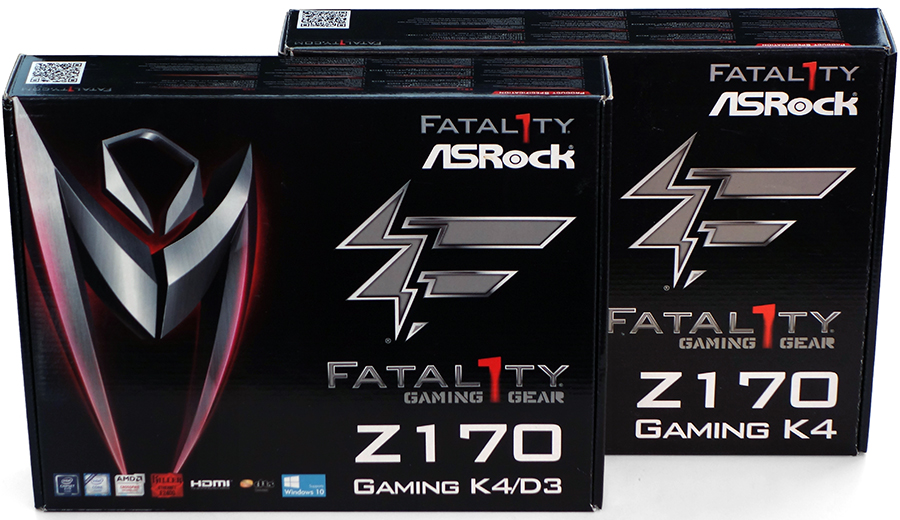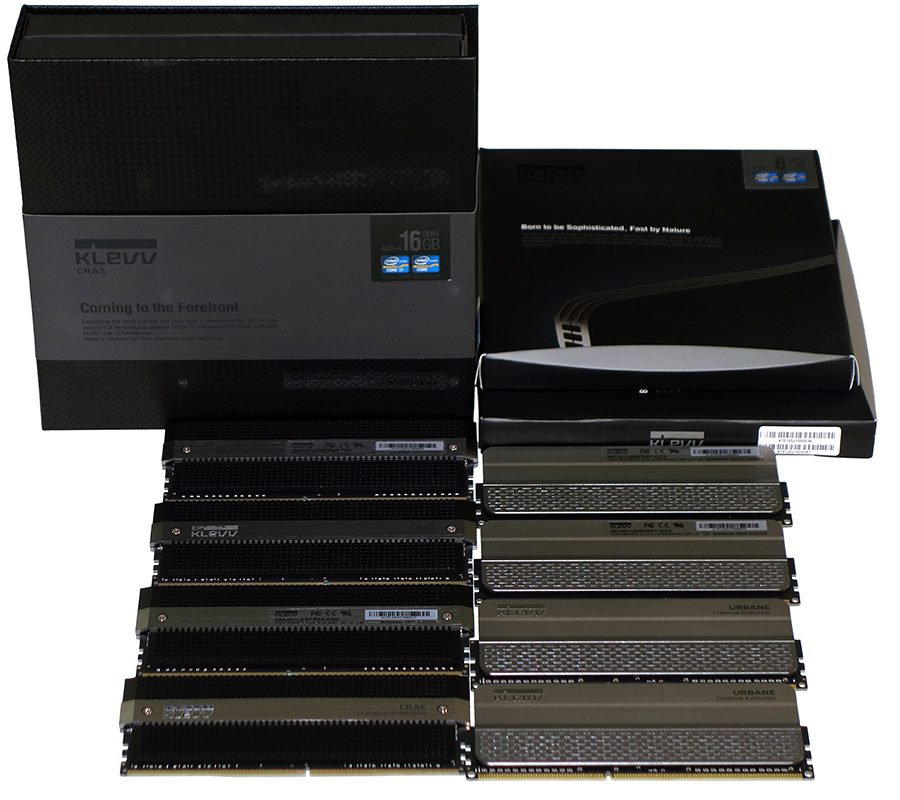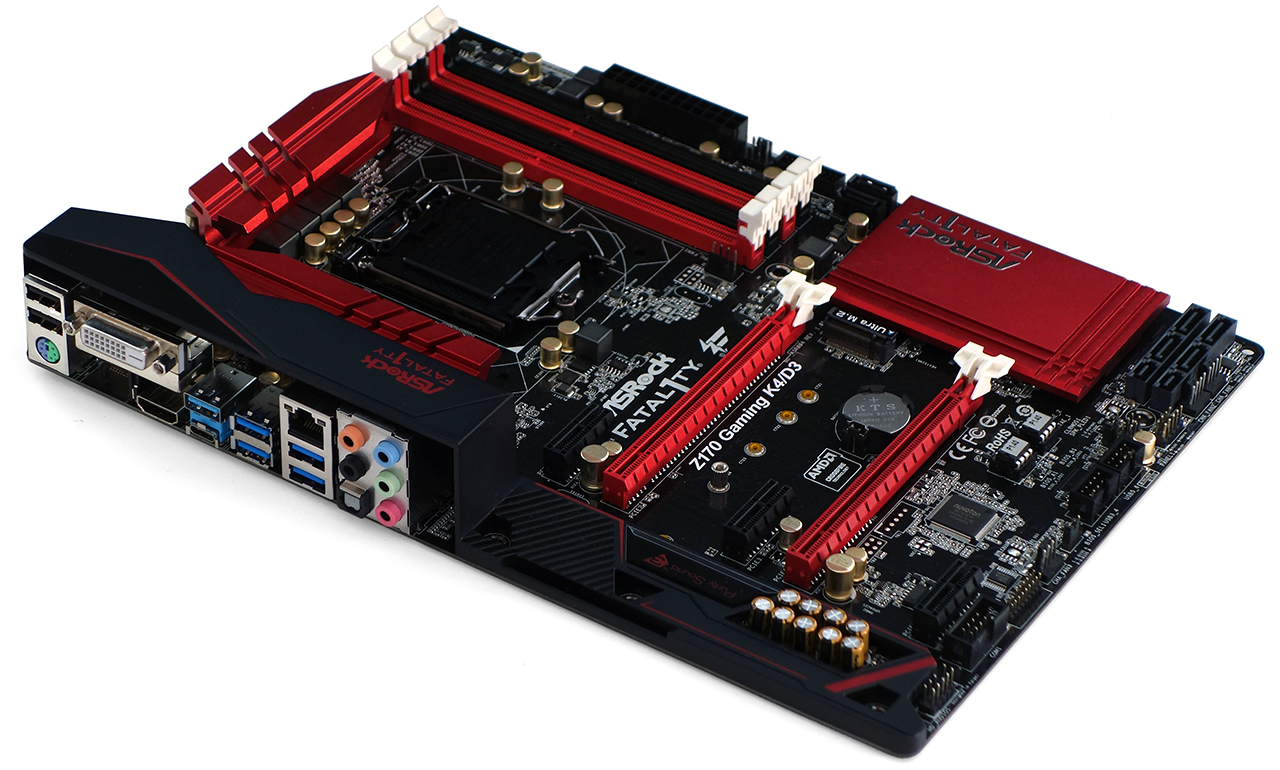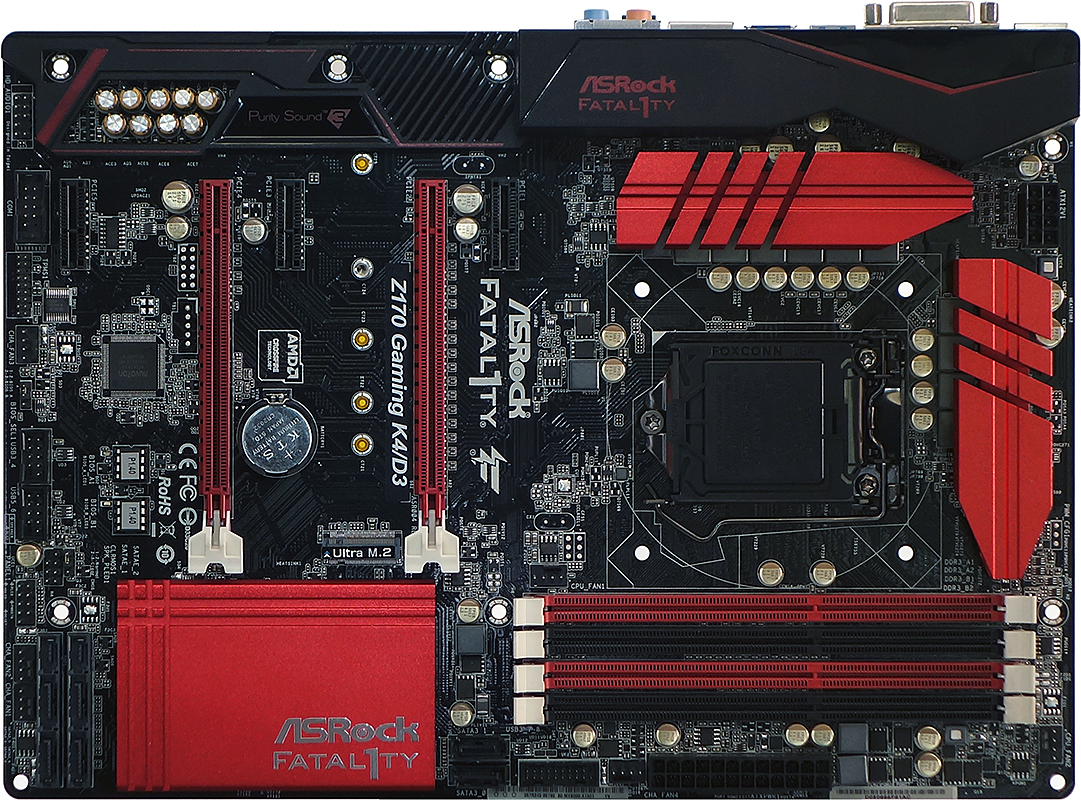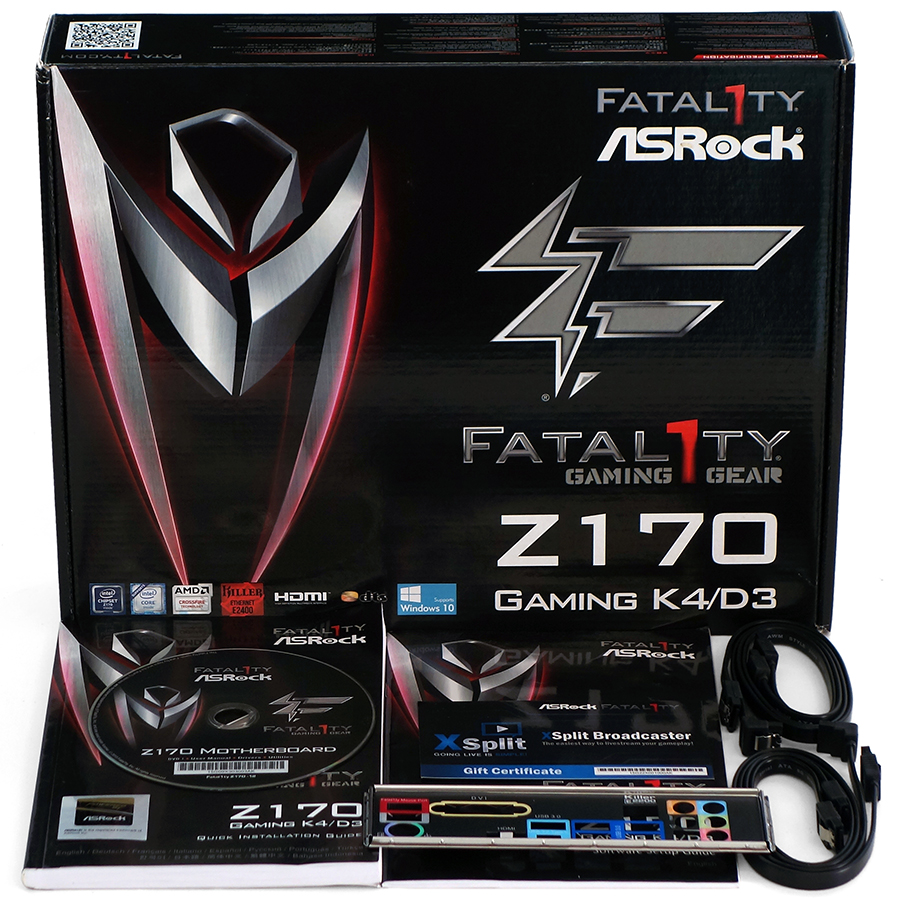Early Verdict
Owners of high-end DDR3 might be able to save a few bucks on a Skylake upgrade by using that RAM in their Fatal1ty Z170 Gaming K4/D3. Performance differences due to DDR3's lower latency were too small to make a broader recommendation.
Pros
- +
Good CPU overclocking • Ability to support older memory
Cons
- -
Poor memory overclocking • DIMM slots limited to older memory
Why you can trust Tom's Hardware
Confirmation Bias?
Most of us try to be fair, yet that fairness often breaks down among enthusiasts at the outset of new technologies. The technology being replaced is usually very mature, the replacement technology is typically more costly, and in many cases the price difference settles the debate in favor of the old technology. Eventually the new technology matures, the tech it replaced begins to look really outdated, and everyone moves on to the next new-tech debate. The best battles happen in the brief period where the new technology is still more expensive.
There have been occasions where the new technology took a long time to catch up, and occasions where it turns out to be a dead end. The Pentium 4 was already on its second core (and socket) before it could decisively beat the Pentium 3, and even then was so inefficient that the Pentium 3 became the basis for Intel's later Core technology. DDR3 proponents can make similar arguments concerning recent low-voltage modules, which are rated at far lower latencies than similar-voltage DDR4.
But is the so-called lower latency of DDR3 really all that beneficial? Doesn't the higher data rate of DDR4 mean anything at all? ASRock is helping us find out with the DDR3 version of its previously-reviewed Z170 Gaming K4 motherboard.
Finding a "fair match" between DDR4 and DDR3 products was a little harder, if only because our replacement DDR3 tester decided that reviews weren't his thing. Rather than contact a bunch of companies to request replacement samples, I decided to run with parts I had on hand. Klevv's Urbane KM3U4GX2Y-2800-14-14-14-36-0 (DDR3-2800) arrived unrequested with its Cras KM4C4GX4N-3000-16-18-18-36-0 (DDR4-3000) review samples. The ratings typify the difference in latency between ultra-fast DDR3 and moderately-fast DDR4, and the rated data rates aren't very far apart.
The difference between the Fatal1ty Z170 Gaming K4/D3 and the previously-tested DDR4 version is nothing more than the /D3 in the name and the slot type that goes with it. Standard DDR3 does violate Intel's supposed DDR3U (low voltage) restriction, but ASRock throws Intel's caution to the wind by starting our DDR3 samples at 1.60V!
Layout and features remain consistent with the fully-reviewed DDR4 board, from the onboard Killer 2400 network controller and the use of a chipset-based USB 3.0 port for the Type-C connector, to a second PCIe x16 slot that's fed by only four pathways from the chipset. In other words, the Fatal1ty Z170 Gaming K4/D3 is a low-cost overclocking board with a moderately upsized voltage regulator and a single upgraded interface controller. Those aren't bad specs for a $130 model.
I probably didn't need to show you that this DDR3 version of the Gaming K4 includes the same installation kit as the standard part, but it appears I forgot to show the XSplit three-month Premium service upgrade certificate in the other board's photo.
Get Tom's Hardware's best news and in-depth reviews, straight to your inbox.
ASRock's F-Stream application was able to find 4.50 GHz at 1.360V CPU core on this board, compared to 4.30 GHz on the DDR4 board. ASRock may have added further optimizations to this newer F-Stream revision.
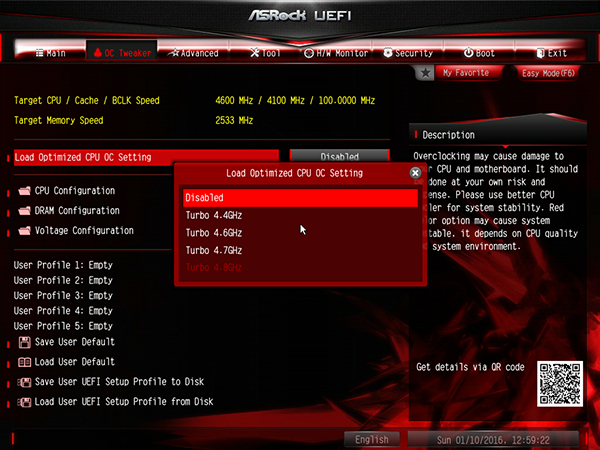
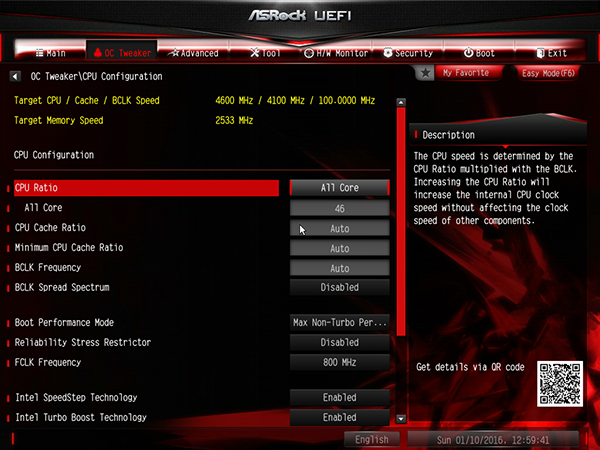
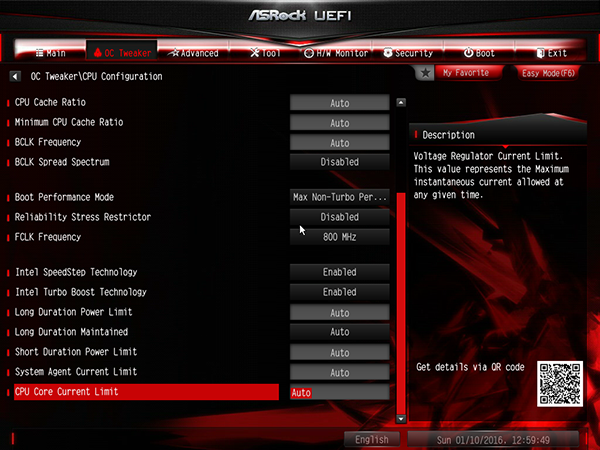
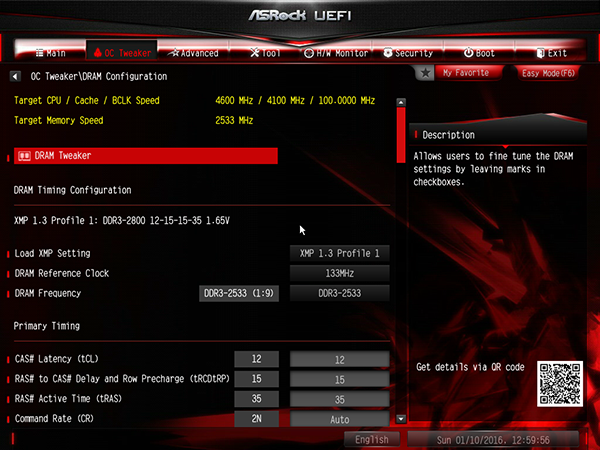
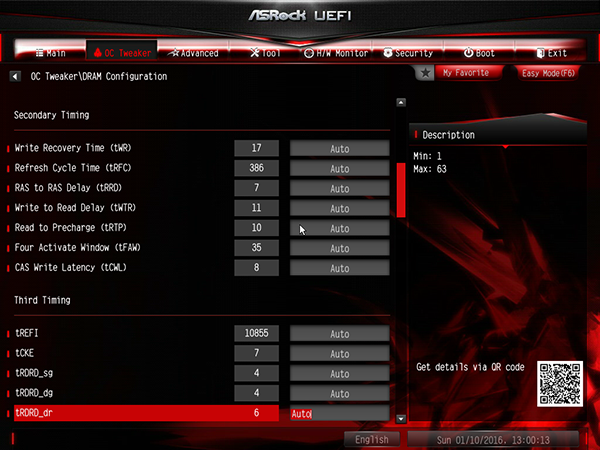
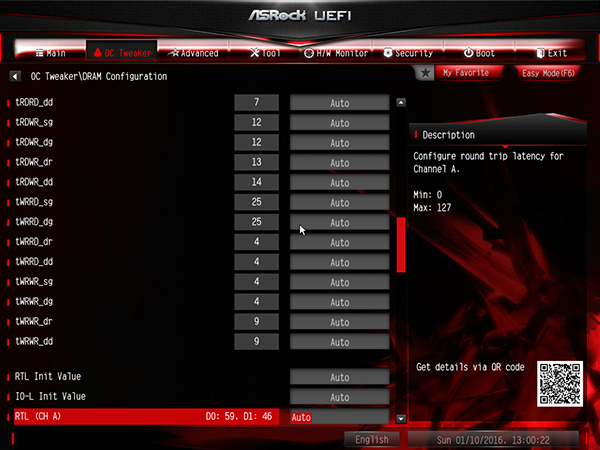
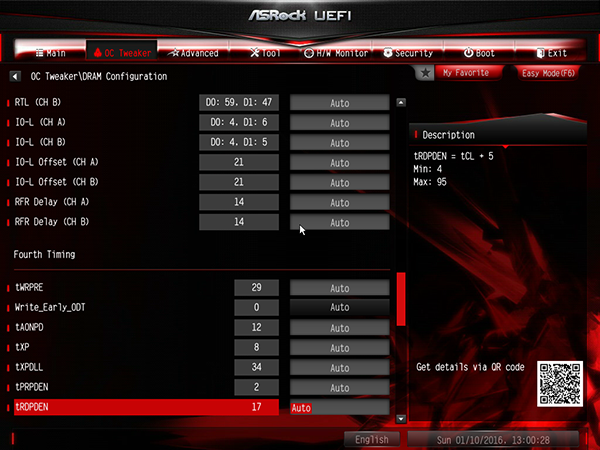
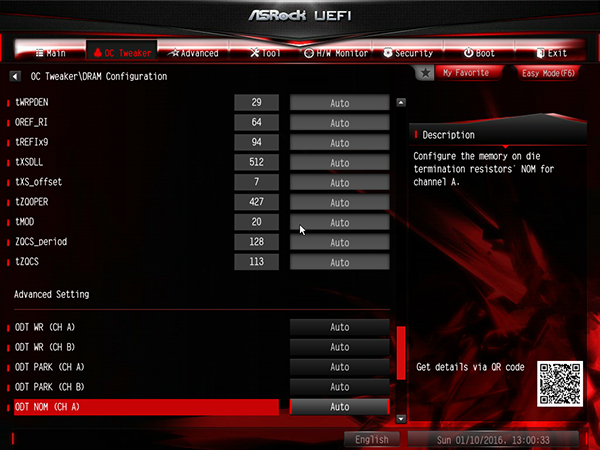
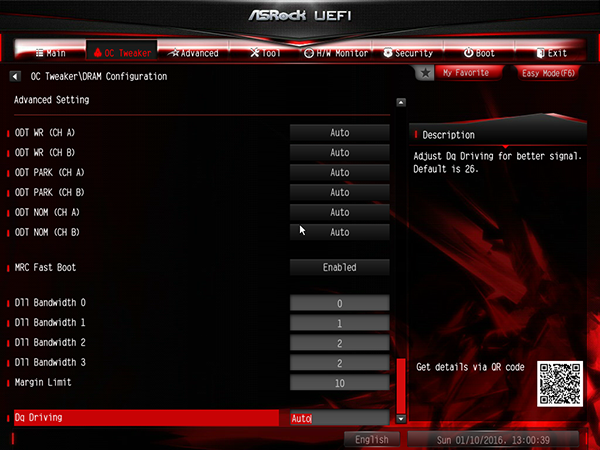
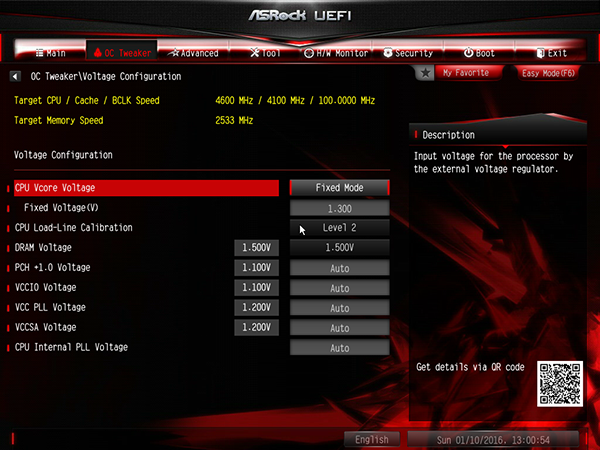
DRAM voltage range is the only noteworthy firmware difference between this DDR3 motherboard and the DDR4 version recently reviewed, narrowed to 1.30 to 1.80 volts.
MORE: Best Memory
MORE: Best Motherboards
MORE: How To Choose A Motherboard
MORE: All Motherboard Content
-
NightAntilli If you really want to compare the memory performance in games, you have to pick games where the CPU is easily a bottleneck. GTA V for example. Not BF4... And, using a weak CPU instead also helps. So, an i3 rather than an i7.Reply -
Onus Well well well, looks like I've been ninja'd...Reply
One of the Biostar boards in my H170 roundup has both DDR3 and DDR4 slots, and I do include a comparison, although with a lot less tweaking.
-
Quixit This makes me feel better about my choice of upgrading from DDR3 1866 to DDR4 3000 on my Sky Lake build. Those higher latencies did put me off a bit.Reply -
dark_lord69 This is super relevant to me...Reply
I just bought that board (DDR3 version) and planned on using my old RAM (1.65v) but I don't like that Intel says not to use 1.65v and 1.5v memory. (Didn't find out about that until my board was mounted in my case with heatsink attached and everything.) Sooo... It's installed and everything but I haven't powered it up yet as I believe I may just end up getting new low voltage DDR3 since I am unwilling to risk my 6600K. Very disappointing and defeats the purpose of keeping DDR3 compatible unless you are upgrading from a recent system that doesn't need an upgrade. If I could do it again I would have just gone with DDR4. On the other hand I only paid $83 for that motherboard so it was a rare deal... Follow-up article suggestion: I would love to see/read about under-volting your memory. I'm sure my 1.65v ram can run at 1.35v but I don't know how that will affect it's stability and performance and what settings/ timings I would need to use... -
Onus From the P35 days, so many issues were caused by memory that would not run at stock voltage, that it has become a mantra for me. I don't buy RAM that won't run at its advertised timings on stock (typically JEDEC standard, if applicable) voltage, or LOWER.Reply
-
WKCook I am looking at building a workstation and am now curious.Reply
Would these results hold true for ECC memory?
Thank You . . . . WKCook -
Adhmuz "Consider that CAS 11 is the most-common latency standard for DDR3-1600"Reply
Simply not true, the most common latency for DDR3 1600 is CAS 9, I don't think I've ever even seen a 1600MHz stick with a CAS latency of 11 (other than cheap value RAM), CAS 10 is more common than CAS 11 even, but really it should be CAS 9. In fact CAS 9 can and has been used on DDR3 modules up to 2400MHz, further making your use of CAS 11 on 1600MHz bunk... -
dgingeri We saw this same thing when DDR3 came out. "Is Core 2 better with DDR3?" We saw DDR3 come out at 1066, when DDR2 was just reaching 1066 and even 1200. And no, DDR3 wasn't any faster. As a matter of fact, it was slightly slower. However, DDR3 was able to stretch on and get faster than DDR2 would ever have been able to do.Reply
It doesn't really matter. DDR4 is needed for the future. We need a point where people start adopting it. That point is now. The platform is this one.
So, stop griping about it. -
blazorthon Reply"Consider that CAS 11 is the most-common latency standard for DDR3-1600"
Simply not true, the most common latency for DDR3 1600 is CAS 9, I don't think I've ever even seen a 1600MHz stick with a CAS latency of 11 (other than cheap value RAM), CAS 10 is more common than CAS 11 even, but really it should be CAS 9. In fact CAS 9 can and has been used on DDR3 modules up to 2400MHz, further making your use of CAS 11 on 1600MHz bunk...
Yeah, I see CAS 9 and CAS 10 much more often than CAS 11 in DDR3-1600 these days. CAS 11 was more common when DDR3-1600 first came out, but that was years ago and CAS 11 isn't so common any more except for higher frequencies like DDR3-2133.
Still, to be fair, the common CAS 15 for DDR4 is common not only for the lower frequencies but doesn't change much even up to the higher frequencies where is is less of a liability. Either way, memory latency is usually less of a factor in performance than data rate and the small differences are rarely a big deal. Now that DDR4 has finally reached price parity, there is a lot less reason to not go for Skylake if building new. -
Adhmuz Reply
Let me elaborate, I've been buying DDR3 1600MHz since early 2008, never have I purchased anything other than CAS 9 memory, hence why using CAS 11 in the article felt out of place. It just seems wrong to not do the old standard justice in the comparison, it has served very well for the last almost 10 years, heck my very first triple channel kit of, get this, OCZ RAM is still running strong at CAS 9.17557530 said:Yeah, I see CAS 9 and CAS 10 much more often than CAS 11 in DDR3-1600 these days. CAS 11 was more common when DDR3-1600 first came out, but that was years ago and CAS 11 isn't so common any more except for higher frequencies like DDR3-2133.
Still, to be fair, the common CAS 15 for DDR4 is common not only for the lower frequencies but doesn't change much even up to the higher frequencies where is is less of a liability. Either way, memory latency is usually less of a factor in performance than data rate and the small differences are rarely a big deal. Now that DDR4 has finally reached price parity, there is a lot less reason to not go for Skylake if building new.
Any new system being built should be DDR4, agree with you 100% there, you'd have to be crazy otherwise.
